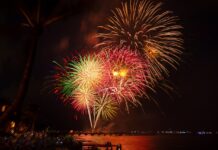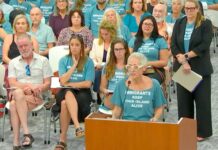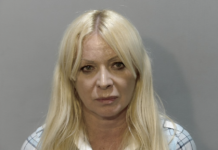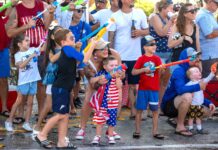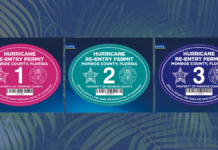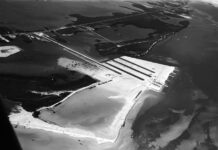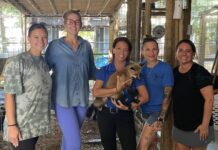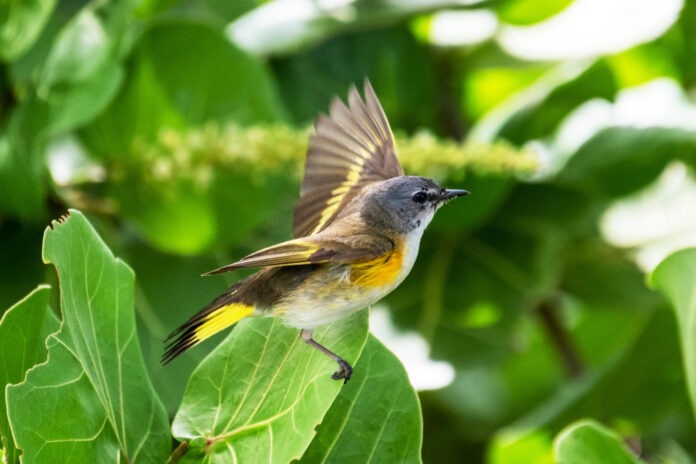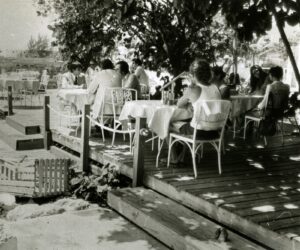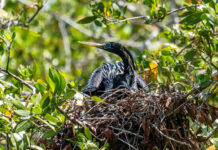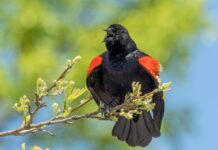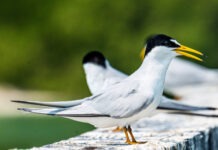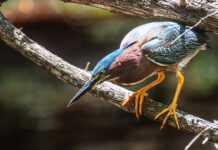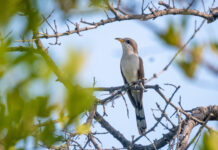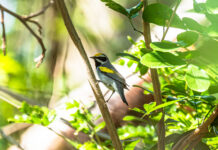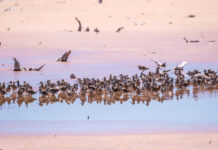My wife generally doesn’t go out birdwatching with me unless there’s a rarity involved, preferably a species that has been seen fewer than five times in North America, and is reported within five miles of our house. I don’t know why, but standing around, slapping mosquitos and sweating beneath a blazing sun while staring into a bush, waiting for something to happen, is not her idea of fun. But for some reason she has become a big fan of BirdCast.info.
Maybe it’s the fact that she can skip the sweating and mosquito-slapping part. Maybe she likes succinct summations of complicated subjects. Maybe it’s because the website has three core partners: the Cornell Lab of Ornithology, Colorado State University and the University of Massachusetts, her alma mater, and the place where both her parents worked. But she definitely looks at the website more often than I do.
It’s been known for several decades that it was possible to watch birds migrating on weather surveillance radar systems. And it’s pretty amazing. Most songbirds migrate at night. On the radar, after the sun sets, you can watch clouds of birds rise up out of Cuba and fly across the Florida Straits. If they hit bad weather they will land here, and when a lot of them land it’s known as fallout. But the 90 miles from Cuba to the Keys isn’t really that long in bird migration terms, so if the weather is good, most will keep going north. They tend to be in a hurry in the fall, with the biological imperative to return to their breeding territories and find a mate.
A birder named Noel Wamer ran a website in the early 2000s called Bad Birdz. It posted images of the radar and analyzed what they meant. When Wamer died, Angel and Mariel Abreu from Miami took it up for a number of years on the Bad Birdz Reloaded blog.
The technology involved in pulling together the information that BirdCast conveys is generations ahead of what was available back then. There are two main thrusts to the site – recording and predicting. The prediction map is based on weather data and computer modeling from 23 years of bird movements recorded on radar.
The recording part essentially takes the information from the 160 NEXRAD high-resolution S-band weather radar stations – one of which is on White Street in Key West – tunes it into birds and shows a map of how they move across the country. But you can also put in your location – use Monroe County, not Key West – and the site will give you an estimate of how many individual birds flew over your location the night before, but also how high they were and what direction they were moving, as well as several other amazing chunks of data. (Interestingly, I could not find a page that compares predictions with results.)
All of this is a long way of leading up to the fact that while I was halfway through my first cup of coffee the other morning, thinking vague thoughts about heading over to Fort Zachary Taylor to see if any migrants were around, my wife looked up from her phone and said, “A hundred-and-twenty-three-thousand birds flew over us last night,” which lit a bit of a fire under me.
After such a crazy-heavy tourist season this year, the park was blissfully uncrowded when I got there. There were people there, but not so you would notice. I stepped expectantly into the hammock near the first parking lot, walking slowly, eyes akimbo. And I immediately saw, well, nothing. So I kept walking, up the hill, along the berm path, down the hill, along the moat, across the field, through the far hammock, back across the field, and into the pines. All I really saw were gulls, grackles, doves and mockingbirds. No migrants to speak of.
If that many birds passed over us the night before, how could none of them have stopped? I was beginning to feel dubious. But dubious of what? Science? Technology? Birds? If it wasn’t 123,000 birds flying over us, what was it, 123,000 forks?
I sat down on one of the park benches and stared out over the ocean, which was full of whitecaps. Waves were breaking loudly on the beach. My hat blew off my head and rolled 20 yards away. And I thought, duh. As the poets would say, it was blowing snot, and it was blowing snot from the south.
The birds had had a rocket ride from Cuba. According to BirdCast they were moving, on average, at 35 miles per hour. They would have only flown two and half hours to get here. There was no bad weather, and there were still so many hours of the night in which they could fly. Why would they have stopped?
As I walked back through the hammock I had a little bit of a consolation prize – two female American redstarts hopping and spinning through the bushes, the two yellow spots on their tails flashing bright as they worked their way deeper into shadow, chasing down as many tiny bugs as possible to fuel up for the rest of their trip north. I had the privilege of seeing .00163 percent of the birds that were migrating through.
When I got to my car I could see a small group of birders on a tour, all staring at the same thing for quite a long while. I was thinking they had found the one really good bird in the park. Turns out they were being led by Angel Abreu, one of the people who ran the Bad Birds Reloaded blog. I hadn’t seen him in years, and we caught up a bit.
Turns out we hadn’t missed any birds. They were looking for butterflies.
As I type this, BirdCast is telling me there are currently 152.4 million birds in flight across the U.S. — and the sun still hasn’t set across half the country.
